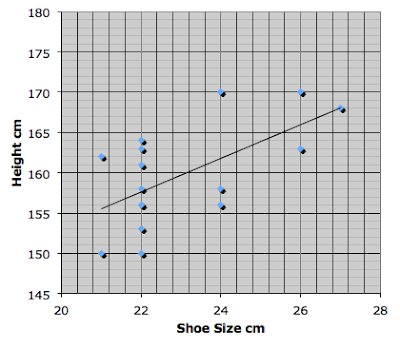Unit 8: Chapter 8 Cognition
and Language
Assigned 12/20/17
Assigned 12/20/17
Reading assignments:
Bernstein Text Chapter 8 Pp. 275-319
Notes Check Mon, Jan
8
Flash Cards Due Mon. Jan 8
Flash Cards Due Mon. Jan 8
Concept Map Due Tues,
Jan 16
Unit Quiz: Wed. Jan 17
Unit Quiz: Wed. Jan 17
Read and take Cornell Notes: Make connections! Put in your
own words! Write examples, mnemonics.
Key concepts:
Cognition: Evoked Brain Potentials, Formal and Natural
Concepts, Prototypes, Schemas, Scritps, Mental Models, Cognitive Maps, Rules of
Logic, Propositions, Syllogisms, Formal and Informal Reasoning, Algorithms,
Heuristics including Anchoring,
Representativeness, and Availability, Mental Set, Functional Fixedness,
Confirmation Bias and other biases.
Language: Grammar, Phonemes, Morphemes, Syntax, Semantics,
Surface and Deep Structure of Language, Babbling, Telegraphic Speech
Stimulus Response Compatibility - We can measure Reaction Time (RT) to measure the amount or complexity of thinking. Use this online test to measure the Simon Effect.
Don't be fooled by the title of this clip! Sherlock Holmes says he is an expert at deductive reasoning, but really he's using INDUCTIVE reasoning. He uses the small details he observes to draw larger conclusions - you can think of inductive reasoning as bottom up. Deductive reasoning, on the other hand, is top down. Syllogisms are examples of DEDUCTIVE reasoning... you have one or more general premises and come to a logical conclusion from them. For example: Premise 1: Most murders are men. Premise 2: There has been a murder. Conclusion: It's likely the murder is a man. Holmes is INDUCTIVE!
Our friend Hank on cognition
and... Hank on language
and... Steve Pinker on how kids learn language
More depth on theories of cognition and language from Kahn Academy
https://www.khanacademy.org/science/health-and-medicine/executive-systems-of-the-brain/attention-language-2014-03-27T18:40:12.306Z/v/language-and-cognition
The benefits of bilingualism
https://www.youtube.com/watch?v=MMmOLN5zBLY


















